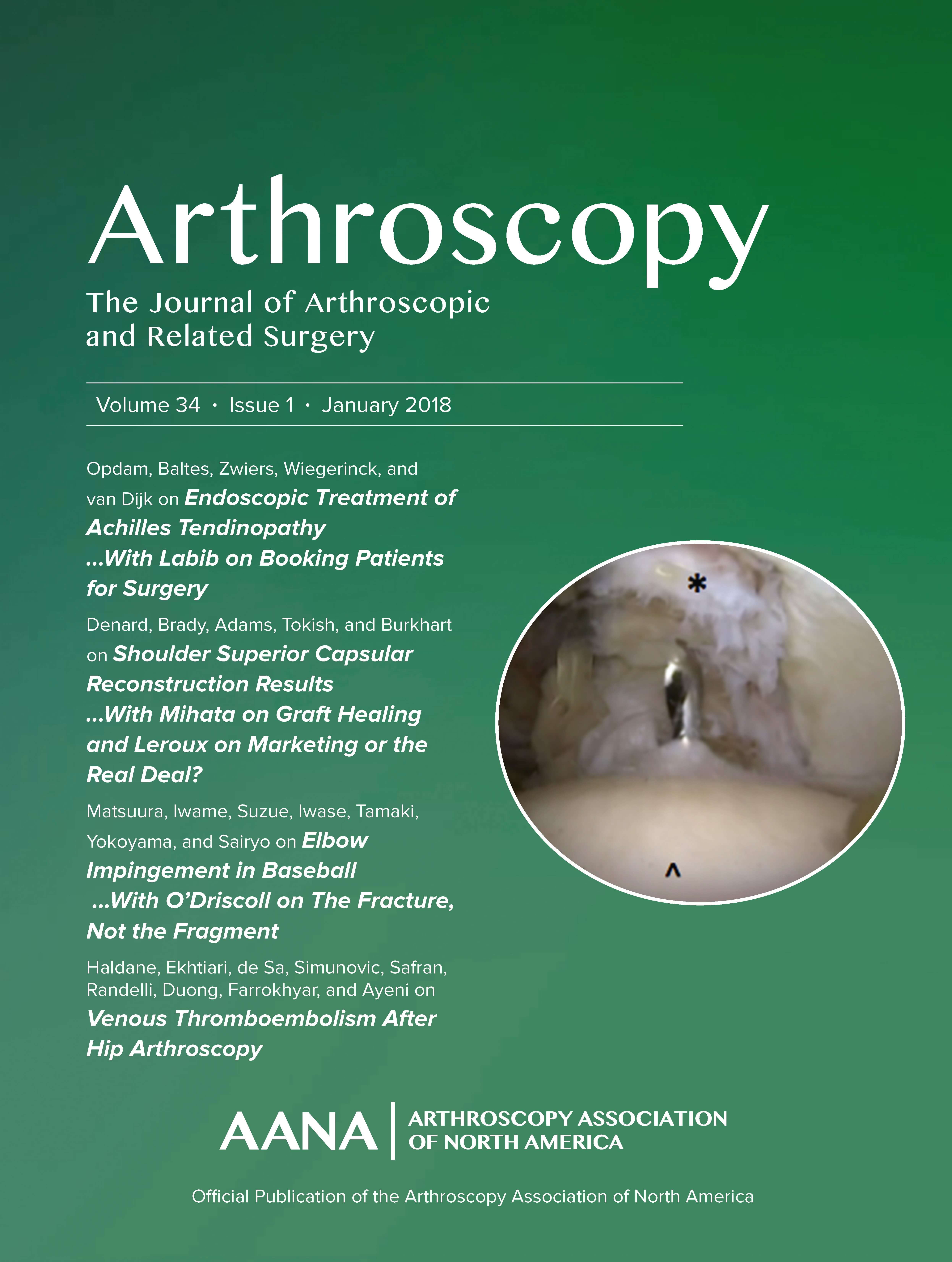
Postoperative Antiosteoporotic Treatment with Zoledronic Acid vs Control in Post Menopausal Women

Postoperative Antiosteoporotic Treatment with Zoledronic Acid vs Control in Post Menopausal Women
Postoperative Antiosteoporotic Treatment with Zoledronic Acid Improves Rotator Cuff Healing but Does Not Improve Outcomes in Female Patients with Postmenopausal Osteoporosis: A Prospective, Single-Blinded, Randomized Study.
Arthroscopy . 2024 Mar;40(3):714-722.Did you know you're eligible to earn 0.5 CME credits for reading this report? Click Here
Synopsis
One hundred and twenty-four postmenopausal women with osteoporosis undergoing arthroscopic rotator cuff repair were randomized to receive zoledronic acid (n=61) or no antiosteoporotic treatment (n=63). The primary outcome was tendon healing, assessed by ultrasonography, while secondary outcomes included the ASES score, WORC index, and NRS for pain. Outcomes were measured at 6 weeks and 24 months p...
To view the full content, login to your account,
or start your 30-day FREE Trial today.
FREE TRIAL
LOGIN
Forgot Password?
Explore some of our unlocked ACE Reports below!

Learn about our AI Driven
High Impact Search Feature
Our AI driven High Impact metric calculates the impact an article will have by considering both the publishing journal and the content of the article itself. Built using the latest advances in natural language processing, OE High Impact predicts an article’s future number of citations better than impact factor alone.
Continue



 LOGIN
LOGIN

Join the Conversation
Please Login or Join to leave comments.